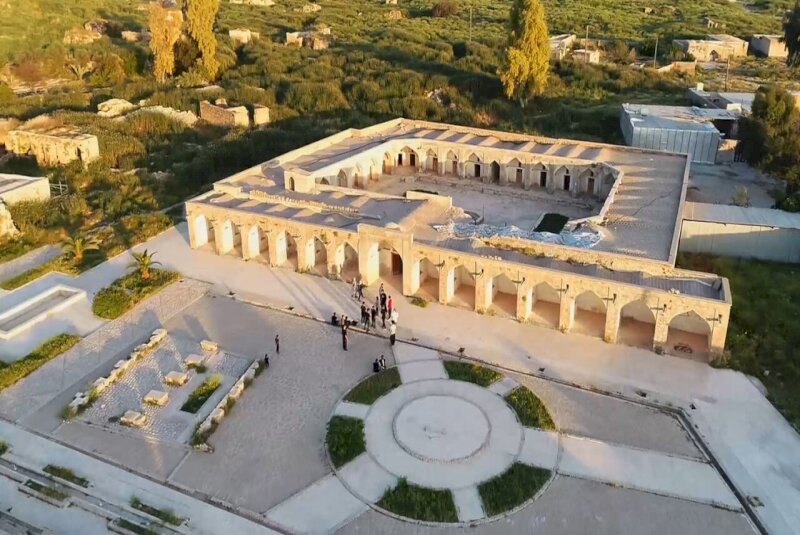Ruined Sassanid city restoration works begin

TEHRAN - Work to restore Belad Shapur has begun at several locations across the ruined Sassanid city, which is situated in Dehdasht, southwestern Kohgiluyeh and Boyer-Ahmad province.
In the first phase, a caravanserai and two religious monuments have undergone restoration, the provincial tourism chief Majid Safai announced on Wednesday.
Under the scheme, parts of a historical bazaar, ancient passageways as well as two houses will be rehabilitated for the second phase, which will also include the installation of six light towers for better protection of the historical site, the official explained.
Despite all the destruction that took place in this historical city in different eras, with an area of more than 45 hectares, it is currently considered as one of the largest historical structures in the country in terms of size and number of historical buildings. Inscribed on the National Heritage list in 1985, the ancient city of Belad Shapur is one of the top tourist sites of the province.
The city was built at the time of Shapur I, also known as Shapur the Great, (reigned 241 CE–272), the second king of the Sassanid Dynasty. Under his leadership, the empire stretched from Sogdiana and Iberia (Georgia) in the north to the Mazun region of Arabia in the south; in the east, it extended to the Indus River and in the west to the upper Tigris and Euphrates river valleys.
Under Sassanids, Persian art and architecture experienced a general renaissance. Architecture often took grandiose proportions such as palaces at Ctesiphon, Firuzabad, and Sarvestan that are amongst highlights of the ensemble.
Crafts such as metalwork and gem-engraving grew highly sophisticated, yet scholarship was encouraged by the state. In those years, works from both the East and West were translated into Pahlavi, the language of the Sassanians.
Rock-carved sculptures and bas-reliefs on abrupt limestone cliffs are widely deemed as characteristics and striking relics of the Sassanian art, top examples of which can be traced at Bishapur, Naqsh-e Rostam, and Naqsh-e Rajab in southern Iran. In 2018, UNESCO added an ensemble of Sassanian historical cities in southern Iran -- titled “Sassanid Archaeological Landscape of Fars Region”-- to its World Heritage list.
Kohgiluyeh and Boyer-Ahmad province is known for its nomads and nomadic life. Sightseers may live with a nomadic or rural family for a while or enjoy an independent stay and assist them with day-to-day life. It also opens up an opportunity to feel rustic routines, their agriculture, traditions, arts, and culture.
AFM
Leave a Comment